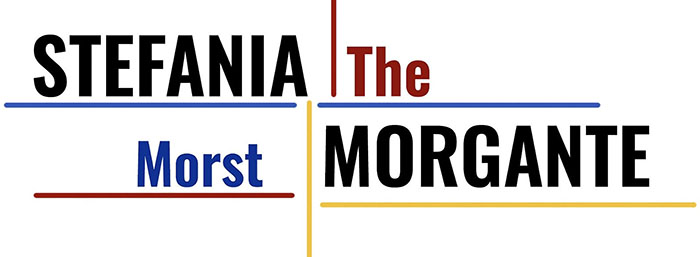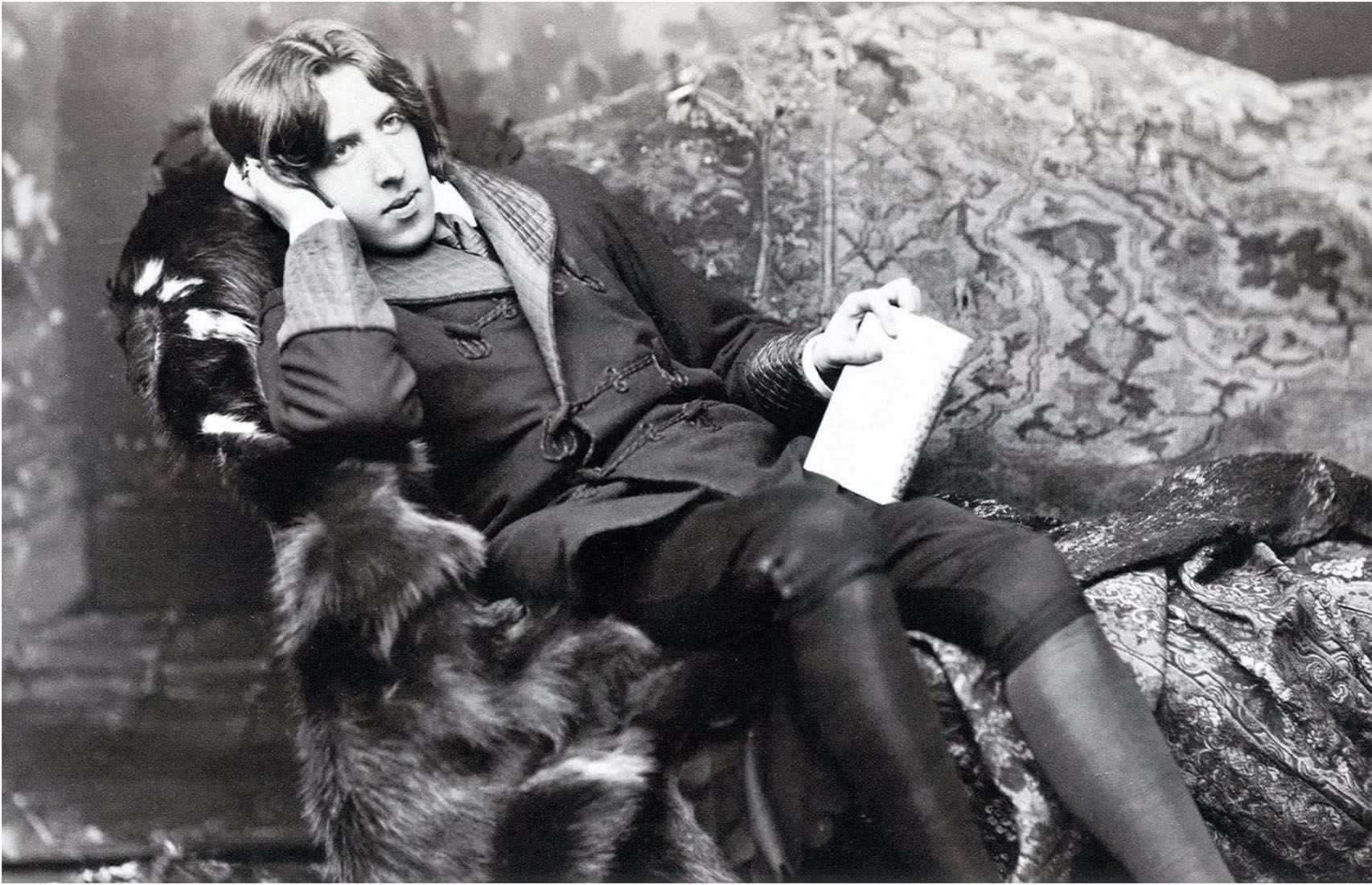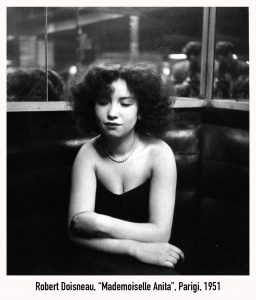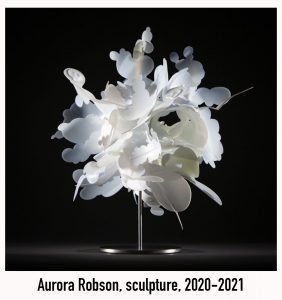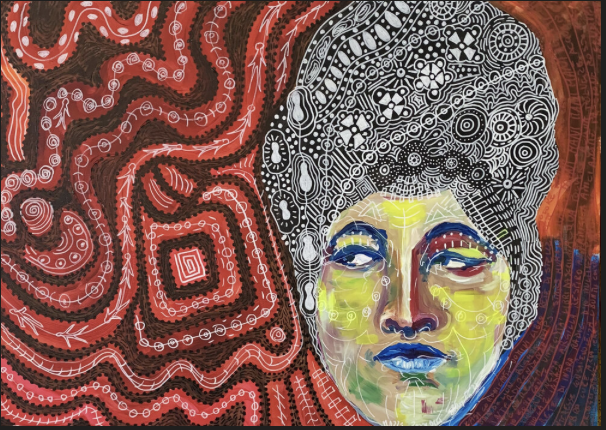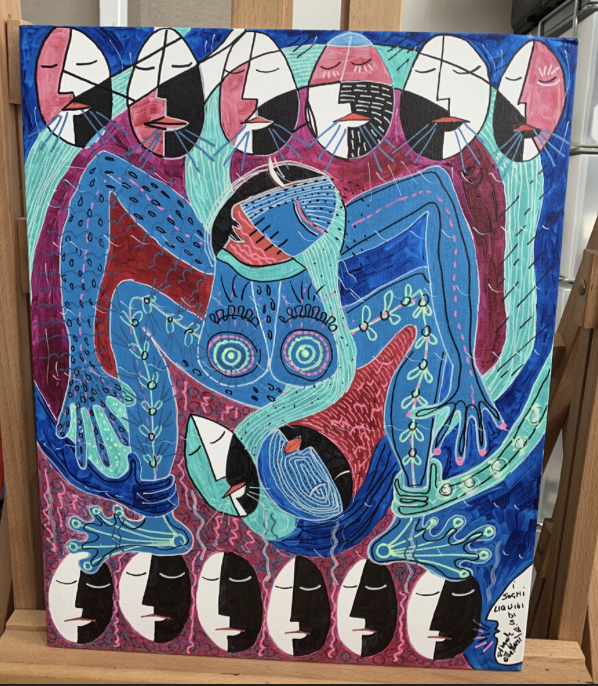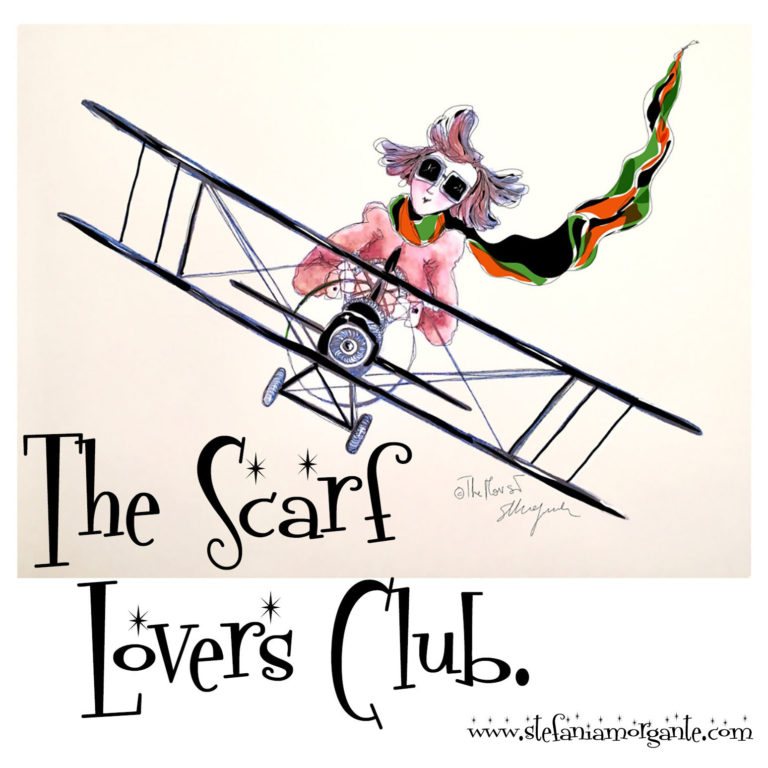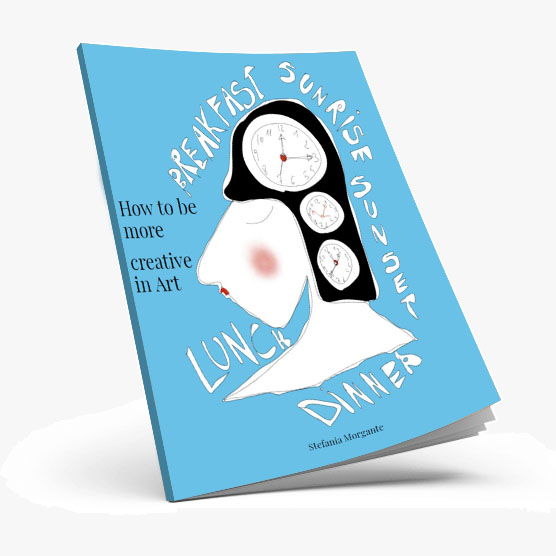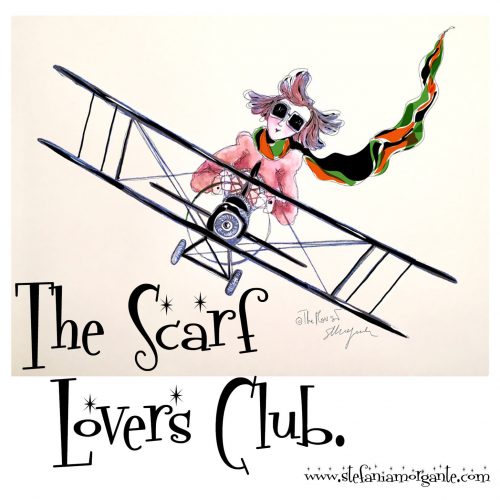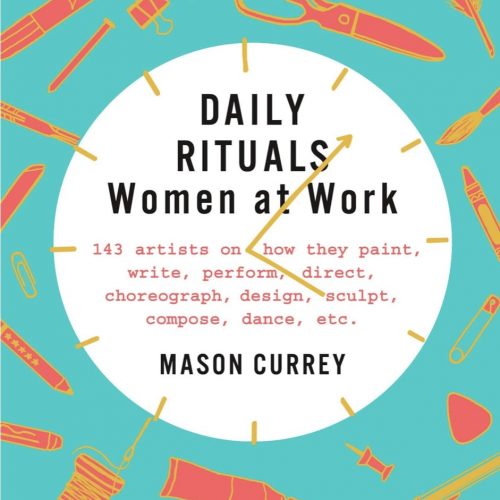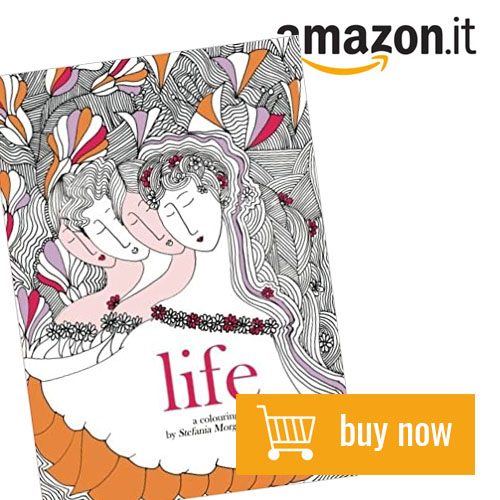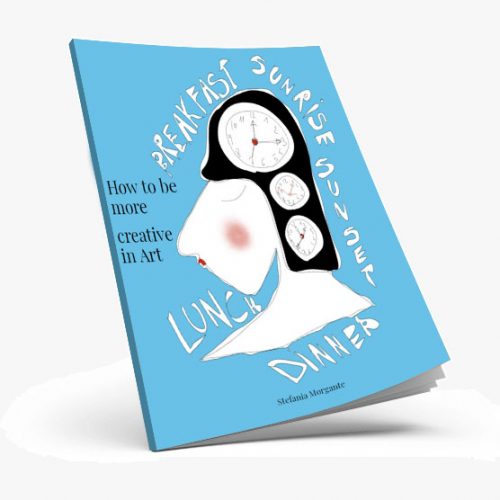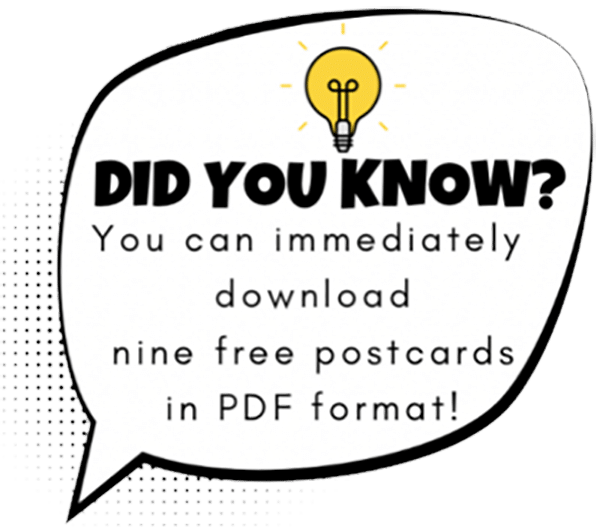How can Jomo be helpful to an artist.
JOMO?
Yes, Joy of Missing Out.
The joy of being lost in something.
The awareness of choice.
Which is not disengagement or procrastination.
It is being in the moment, rejoicing in something being done.
Being with a friend without any other interest and without looking at the clock.
Going out and taking an aimless walk.
Stopping to look at a tree.
Deviating just for the pleasure of it.
Kneading a cake to smell it in the house.
Choose stimuli without competing with oneself and others.
Have you seen the latest TV series? No.
Have you read about the latest trend on social media? No.
Are you always connected and don’t miss anything? No.
Have you not seen the latest movie everyone is talking about? No.
How do you feel about X’s latest book? Haven’t you read it yet? No.
Never mind, it’s not important. For you. Not everything is indispensable, not everyone is decisive in our lives.
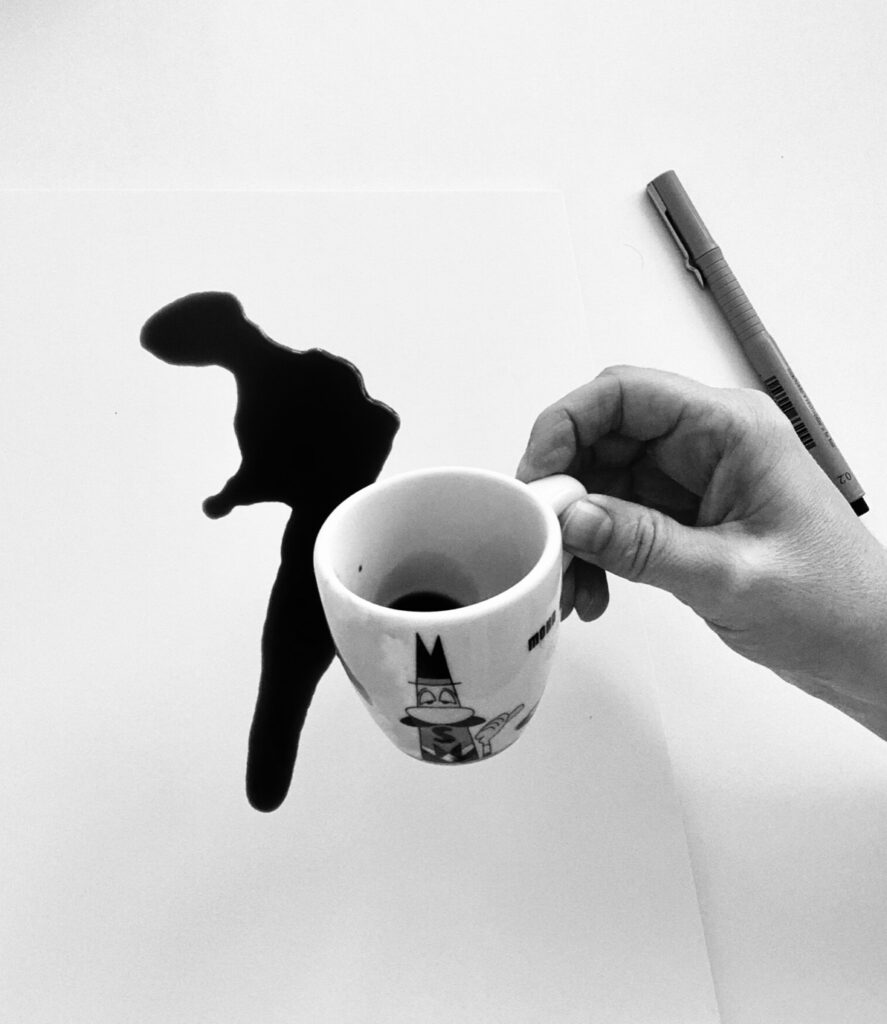
How can JOMO help an artist?
Regaining time is perhaps the most revolutionary thing an artist can do.
To experiment unhurriedly, to research a style, a subject, to study, to try a technique: How much do we miss these crucial steps today?
How much do we pause in front of a painting in a museum to understand technique, perspective, symbols, composition?
Haste and jumping from one subject to another, while they have enriched our imagination, have also impoverished it.
There is no longer the effort to imagine with a few tools, with the cell phone off, off social.
Plunging into an empty room with material and drawing on one’s imagination while making mistakes is really an uncommon act today.
It seems to come from the past, and perhaps it is the only way to regain meaning to art making.
Being connected all the time, reading all the books just released in bookstores, attending all the exhibitions that matter, talking with artists from all over the world: all wonderful, all exhausting, all over the top.
JOMO helps us to change direction.
Disconnect, choose, purge.
- Step one: Turn off cell phone for two hours straight and turn off radio TV music online. Zero out every communication tool.
You can start with 15 minutes a day and in those 15 minutes draw whatever comes to mind. Not necessarily a project already clear in mind. Probe ideas on a sheet of paper. Thinking of something to make in the future from nothing. Without looking online for ideas.
Ideas have to come from you, from behind you.
I know it’s hard. When you put yourself on a drawing board without other aids it happens that you feel a sense of emptiness and panic. But it’s not absence of ideas, it’s simply a habit you don’t have and like all Ele new things it’s difficult, almost impossible. - Second step: Don’t tell anyone about it. As soon as you’re done drawing, composing music, writing, don’t immediately run to turn on all your cell phones and social media to tell the whole world. Take a space of silence, if you really want to communicate what you’re doing, get a journal and write down the journey each day. It will always be helpful for you to reread the creation process and most importantly, you will not be influenced by others. Try to keep at least a couple of projects entirely your own without telling others.
- Step three: recover the silence. Have you noticed how much noise we put into our lives? We are afraid of silence because we mistake it for solitude. Except that solitude is necessary for those who create, but silence is introspection. And introspection is not evil, in fact it is a huge space to be regained. Look for silence everywhere: while eating, while in the car, when walking. Listen to the wind, the birds, the bells, people talking, listen to the waves, the rain, your footsteps. Don’t add a background to every thing and event.
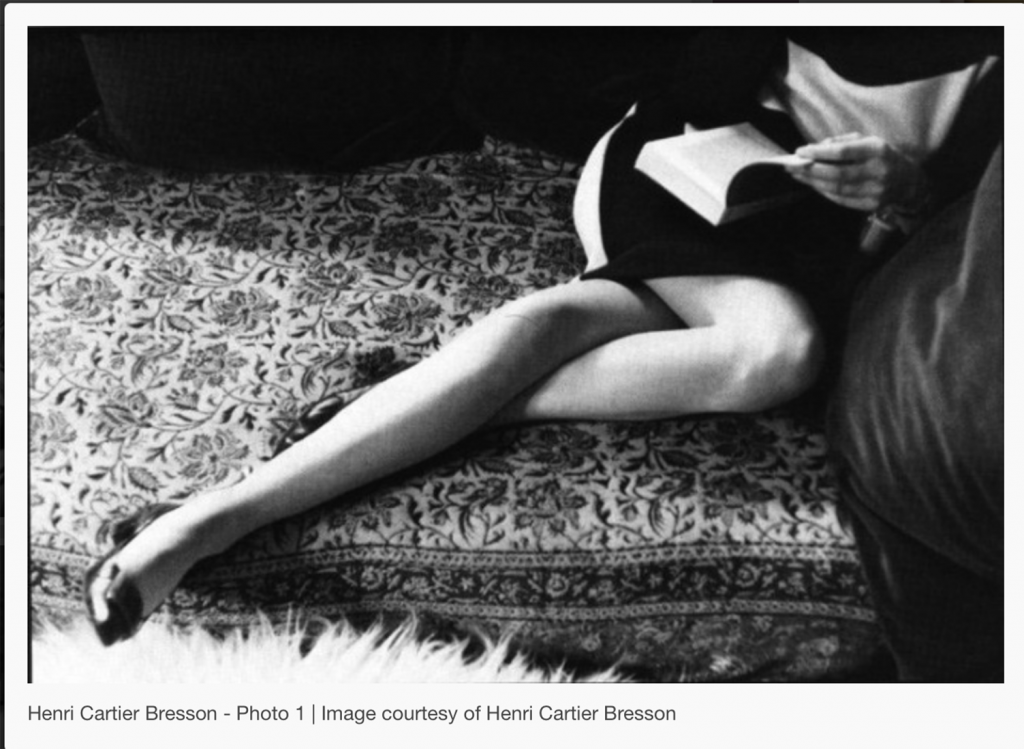
- Step four: Choose what to do with your time. That also means dosing your time. It is wonderful to think you have a whole day to create but in my experience it is a wasted day. Having ten hours ahead of you to create but decided at the table is equivalent to doing nothing. You decide by step how much time to devote to your art, to friends, to family. But when your time is devoted to friends, be with friends, not with your cell phone or thinking about something else. The best way to experience JOMO is to dedicate yourself to that event or subject forgetting everything else. Sure you may decide to spend a couple of hours with your friends but the atmosphere is so good that the hours become four. It is not wasted time; you will have chosen and dedicated yourself to one thing. Similarly you can start with two hours to create and then it becomes ten, but you will have used your time to just create. In silence, without distractions, it will be ten hours lived as twenty, because you will have devoted yourself to one thing passionately.
So is the JOMO a revolutionary solution?
It is the revolution from the past I would say.
Multitasking has had its day.
We have halved and fragmented lives. And we are tired. And we create things in series that are uninteresting and already seen.
I don’t think we are out of ideas and everything has been done. I think the heavy dose of outside input and the inability to have a sheet of paper a pencil and nothing around has made us forget the essence of art.
Which is discovering the world, interpreting it, reinventing it.
We are like robots in the hands of artificial intelligence, we don’t know why we do it but we have a lot of data inside us.
Does this make us happy? Does it fulfill us as artists? If it fulfills us then okay, if not, maybe we need to change.
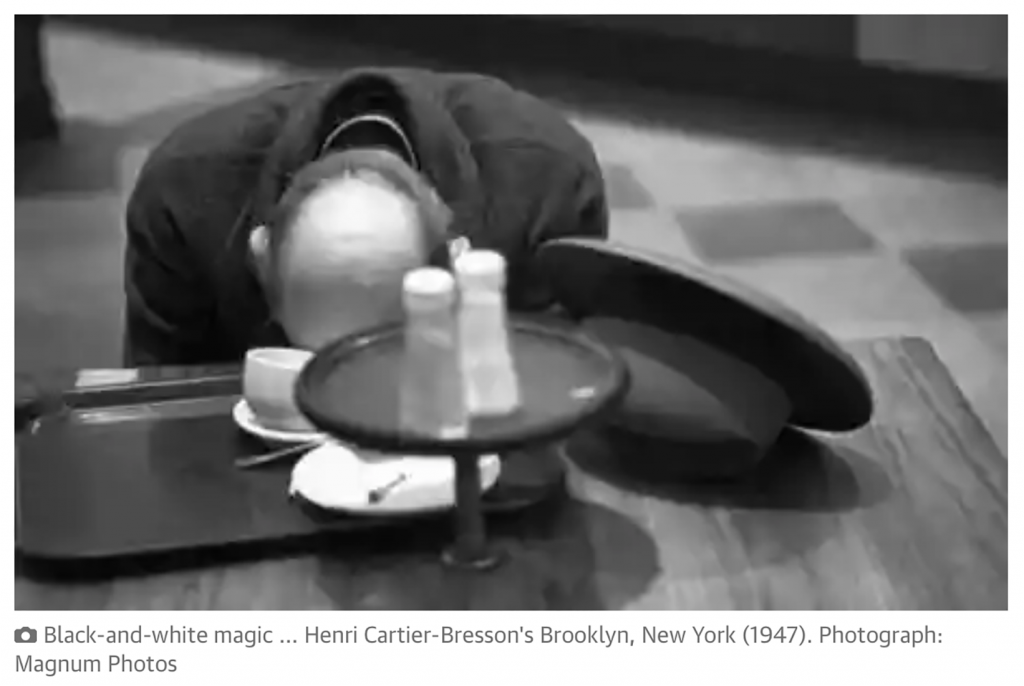
Choosing what to eat, what to see, what to create, who to hang out with, where to go, when to sleep: we feel free to do this but in reality we are much more influenced than we think.
We are subjected to thousands of pieces of information all day long, we get little sleep, we are always in a hurry.
Creating is not part of this neurotic project.
That’s why many artists have rediscovered drawing from life by watching the light change during the day, or use oil paints that dry slowly.
You can tell me that the market demands speed, and that is true.
But it is also true that each artist has to decide what to do with his or her talent. There is a life project behind every artist, the need to survive his or her own death with works. And the works should reflect the artist’s life experience and ideas.
So if we create out of habit, are distracted by the rest of the world, copy ideas taken from social media, what is the point of our art?
Let’s start from JOMO and these first steps and experiment with new forms of living and thus making art.
If you would like to read the article in Italian, click HERE.
